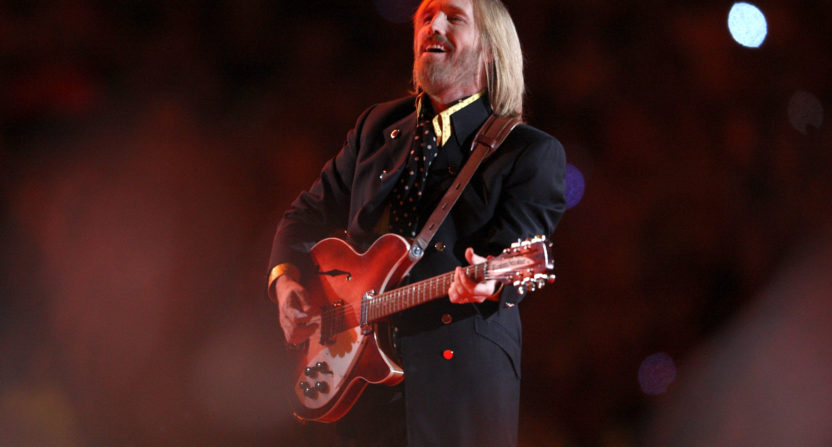Tom Petty and MTV should not have worked together. After the music video network launched in 1981, there was a tangible effect that seeped into the industry. Looks always mattered in music, but now they really mattered. And it’s not that Petty was an unattractive guy, he was just…Tom Petty. He looked like your uncle’s friend who always had a beer in his hand. There’s not necessarily anything bad about that, but it’s not the road to teen heartthrob stardom that so many early MTV icons took.
But whereas so many musicians could lean into their looks and poppy sound, Petty, who reportedly is clinging to life on Monday afternoon, took a decidedly different route to MTV stardom. He stuck to his guns with a sound that was unmistakable and coupled it with one of the most memorable music video runs the network ever saw. Along with The Heartbreakers, you could argue that Petty was a quintessential presence on the network as it evolved from fledging experiment to niche success to full-blown world domination. Michael Jackson, Prince, and Madonna might get most of the credit but he was one of the MVPs.
Is there any American child of the 80s who watched MTV and doesn’t remember the video for “Don’t Come Around Here No More?” At a time when the effort put into making music videos was still being perfected, this Alice in Wonderland spin stood out for its storytelling and absurdist filter. The scene towards the end when Alice turns into a cake and everyone takes turns grabbing a slice was an affecting, disturbing vision at the time.
The 1989 solo album Full Moon Fever was when Petty peaked as a presence on MTV. What stands out is how the videos were each as unique as the songs they accompanied and they seemed very important without ever feeling pretentious. Petty’s southern charm and humbleness came through even when the song was coming from the point of view of a character who was anything but.
Take On Me is the music video everyone references when thinking about animated classics but Petty’s Runnin’ Down a Dream takes a fun spin on the genre by inserting the genial musician into the story and letting the tropes take him wherever they please.
A few years later, as storytelling gave way to flashier tropes, Petty continued to make music videos that gave audiences his particular point of view. Perhaps none more memorable than Mary Jane’s Last Dance, in which Petty is a mortician so enraptured by the beautiful dead body of Kim Basinger that he steals it, takes it to his home to “live” with her for a night before taking her body to the sea. On paper, that sounds creepy as hell. Somehow, Petty sells the hell out of it. Having a great song along to help tell the story doesn’t hurt either.
Petty was more than just an MTV artist. He was a full-fledged musical legend deserving of his Hall of Fame status among the best. But for those of us who grew up in the 80s and 90s, we’ll remember him as well for how ever-present he seemed to be on that channel no matter how the trends and whims changed. Tom Petty seemed separate from and above them all.








The Traveling Wilburys, always overlooked. SAD!